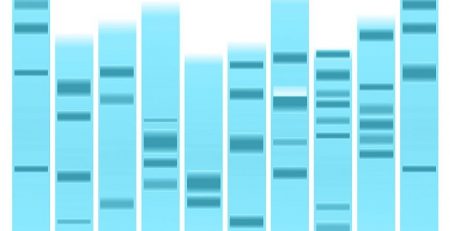Scientists Identify First New Strain of HIV in Almost Two Decades
According to a report recently published in the Journal of Acquired Immune Deficiency Syndrome, researchers have identified a new subgroup of the human immunodeficiency virus (HIV) for the first time in nearly two decades, IFLScience.com reports. The new strain is called HIV-1 Group M subtype L.
While the existence of this strain has been suspected for a number of years, it wasn’t until health care company Abbott Laboratories developed a way to test a sample collected in 2001 that had previously been difficult to fully sequence.
“Identifying new viruses such as this one is like searching for a needle in a haystack,” Dr. Mary Rodgers, head of Abbott’s Global Virus Surveillance Program, said. “By advancing our techniques and using next-generation sequencing technology, we are pulling the needle out with a magnet. We’re making this new strain accessible to the research community to evaluate its impact to diagnostic testing, treatments and potential vaccines.”
The sequencing technology Abbott developed allows researchers to build an entire genome at higher speeds and lower cost, leveraging next generation sequencing to help zero in on the virus portion of the sample.
Abbott created its Global Viral Surveillance Program 25 years ago to monitor HIV and hepatitis viruses and identify mutations in order to ensure the company’s diagnostic tests stay up to date.
“The discovery of this new strain of HIV reminds us of why the work we do at Abbott is so important. If we can prevent even one person from becoming infected with HIV or hepatitis, then we’ve done our job,” Rodgers said.














